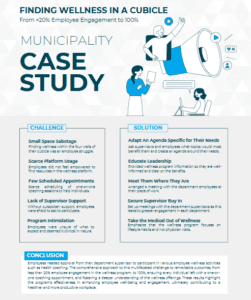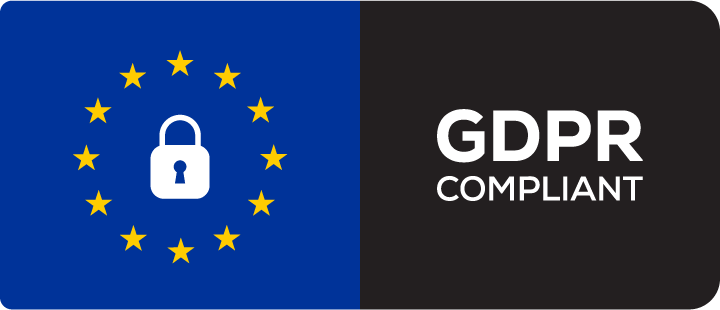Wellness Ideas for Small Businesses

For small businesses with fewer than 100 employees, implementing wellness programs might feel like a luxury. However, workplace wellness doesn’t have to break the bank. It’s about creating a culture where employees feel valued, supported, and empowered to prioritize their health. To help, here are 25 wellness ideas for small businesses tailored specifically for 2025.
1. Flexible Work Hours
- Allow employees to adjust their work hours to fit in workouts, doctor appointments, or family time.
2. Wellness Budgets
- Provide each employee with a small stipend to spend on wellness-related activities or items like gym memberships or fitness apps.
3. Walking Meetings
- Replace traditional sit-down meetings with walking meetings to encourage movement and fresh air.
4. Healthy Office Snacks
- Stock the office kitchen with affordable, healthy options like fresh fruit, granola bars, and infused water.
5. Community Partnerships
- Partner with local gyms, yoga studios, or nutritionists to offer discounted memberships or group classes.
6. Mental Health Days
- Encourage employees to take occasional days off specifically for mental health without stigma.
7. Digital Fitness Subscriptions
- Invest in company-wide access to virtual fitness platforms like Peloton, Headspace, or Down Dog Yoga.
8. Quarterly Wellness Challenges
- Host simple, fun competitions like step challenges or hydration challenges with small rewards like gift cards.
9. On-Site Chair Massages
- Bring in a local massage therapist for a few hours a month to offer stress-relief sessions.
10. Team Cooking Classes
- Organize a virtual or in-person cooking class focused on healthy, easy-to-make recipes.
11. Remote Wellness Kits
- For remote or hybrid teams, send wellness kits with items like resistance bands, a stress ball, or healthy snacks.
12. Mindfulness Mondays 
- Start the week with 5-10 minutes of mindfulness exercises or guided meditation during team meetings.
13. Pet Perks
- Offer pet insurance as a benefit or designate “bring your pet to work” days for a morale boost.
14. Ergonomic Support
- Provide affordable ergonomic tools like laptop stands, adjustable chairs, or keyboard trays.
15. Financial Wellness Resources
- Offer workshops on budgeting, saving, or debt management to reduce financial stress.
16. Volunteer Days
- Allow employees paid time off to support causes they care about, fostering both wellness and community engagement.
17. Lunch and Learn Sessions
- Host monthly educational talks on topics like nutrition, stress management, or fitness.
18. Office Step Challenges
- Encourage employees to hit daily step goals using inexpensive pedometers or smartphone apps.
19. Peer Recognition Programs
- Promote mental well-being by recognizing employees’ achievements in weekly or monthly meetings.
20. Hydration Stations
- Set up a water station with infused water or provide employees with branded reusable water bottles.
21. Seasonal Wellness Themes
- Align wellness activities with the seasons, such as gratitude practices in fall or outdoor walks in spring.
22. DIY Fitness Corners
- Dedicate a small office space to basic workout equipment like mats, resistance bands, or light weights.
23. Affordable Health Screenings 
- Partner with local clinics to provide annual health screenings at a reduced rate for employees.
24. Personal Goal Setting
- Offer one-on-one sessions where employees can set and track personal wellness goals with guidance from a coach or manager.
25. Employee Wellness Ambassadors
- Select a few employees to lead wellness initiatives, making it a peer-driven program for greater participation.
Wellness on a Budget: Big Impact for Small Businesses
Even with limited resources, small businesses can create impactful wellness programs. To start, consider wellness ideas for small businesses that focus on simple, thoughtful initiatives. These can make a significant difference in employee morale, retention, and productivity. The key is to prioritize what matters most to your team and build a wellness culture from there.
























 Are digital tools being utilized effectively to monitor progress and encourage participation?
Are digital tools being utilized effectively to monitor progress and encourage participation?





